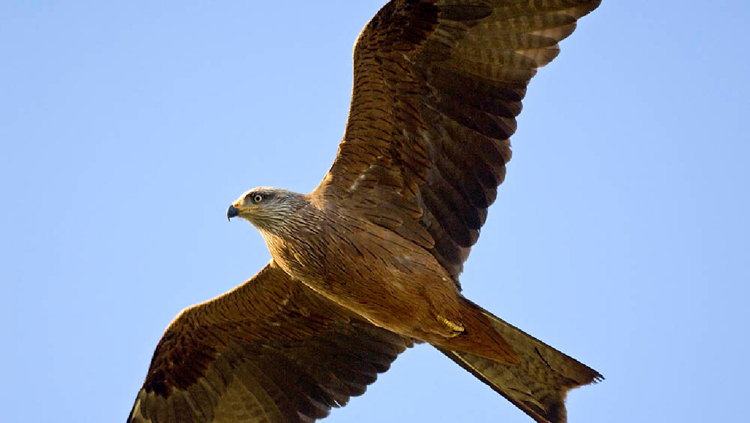Biotic resistance by native communities could have a role in the spread of invasive species. Native communities with higher species richness should be less susceptible to invasion by exotic species than those with fewer component species, interspecific interactions acting as biotic barriers by creating a highly competitive environment. This seems to be the case in the invasion of the Argentine ant, Linepithema humile, but only when the environment is unfavorable for the survival of the invader. The progress of Argentine ant invasion through favorable and unfavorable habitats of Doñana National Park was studied across three temporal snapshots covering three decades (1992, 2000, 2016). Biotic resistance of the native community was assessed using species richness, as well as dominance and community structure. The role of abiotic factors (quality of surrounding habitat and spatial variables) and of potential vectors of Argentine ant dispersal across unfavorable areas was also explored. No evidence of biotic resistance was found. On the contrary, invasion proceeded from trees with higher ant species richness, probably because those trees are larger and provide more resources and better protection from aridity. Furthermore, evidence was found that the invasion of new trees across a matrix of unfavorable habitat could be influenced not only by humans, but also by scavenging avian predators, which could act as vectors of ant dispersal through transport of carrion also exploited by the ants. Such leapfrog expansion through mobile predators could represent an overlooked mechanism that would enrich our understanding of invasion dynamics and provide potential opportunities for management of invasive species. informacion[at]ebd.csic.es: Castro-Cobo et al (2019) Humans and scavenging raptors facilitate Argentine ant invasion in Doñana National Park: no counter-effect of biotic resistance. Biol Invasions 21:2221–2232. Doi 10.1007/s10530-019-01971-5
https://link.springer.com/article/10.1007%2Fs10530-019-01971-5

 Las altas temperaturas están provocando que las lagunas y las marismas de Doñana pierdan agua rápidamente
Las altas temperaturas están provocando que las lagunas y las marismas de Doñana pierdan agua rápidamente




